The impact of mobile internet technology on the traditional automotive industry is becoming increasingly evident. Traditional car manufacturers naturally have their own ways to respond, while many internet companies, with their innate internet genes, are also beginning to launch new challenges against traditional automotive sectors in areas they excel in.
The Internet of Vehicles (IoV) is a future high ground that both traditional car manufacturers and internet giants are vying for, and it is also an opportunity for Chinese companies to achieve a “curve overtaking”.
Recently, Huanhuan personally tested and experienced the results of Tencent’s car networking collaboration with the traditional automotive brand, LuChang—-LuChang’s internet smart car system, further experiencing the impact brought by internet companies entering the traditional automotive market.
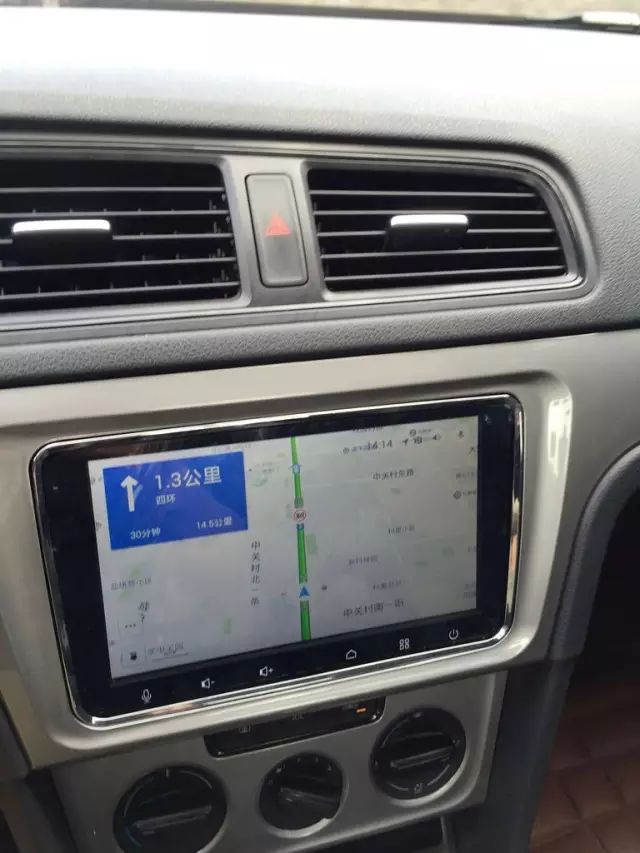
The Fighter Jet Among Car Systems
Huanhuan experienced the Volkswagen Lavida equipped with LuChang + Tencent’s smart car system. Comparing it with the non-smart car system used in her own car, it was indeed a case of knowing the high and low only after comparison.
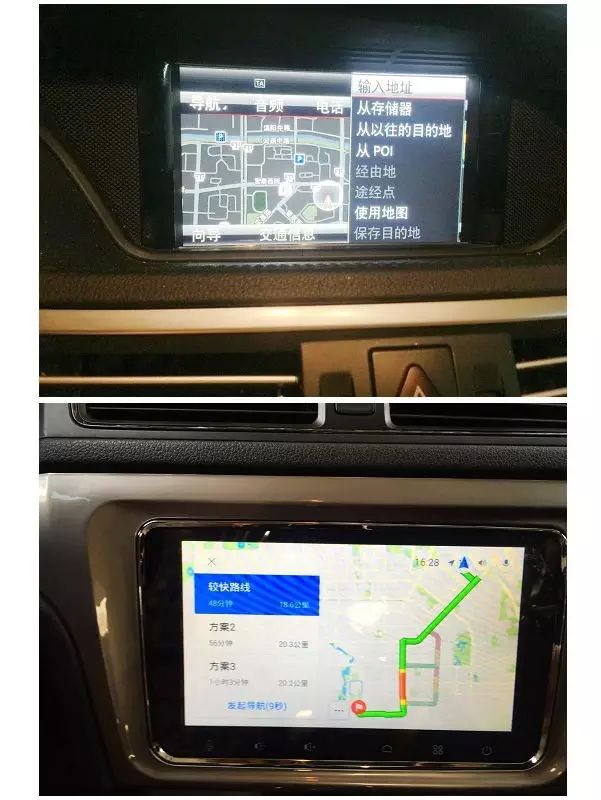
The images above show: the original factory car system and LuChang’s smart car system.
Traditional car systems lack touch screens and voice systems, relying on buttons or central control knobs for operation, and naturally, they lack internet connectivity. It is undeniable that some new high-end cars are beginning to feature smart connectivity, but for the vast number of cars ranging from low to high-end, smart car systems are still not standard.
After experiencing Tencent’s LuChang car system, it is evident that Tencent is pragmatic in developing the IoV.
1. Simplified and Efficient Navigation
Undoubtedly, navigation is the most frequently used function in car systems. In this regard, Huanhuan places great importance on the convenience of setting navigation and the comprehensiveness and timeliness of map update prompts. Through comparative experience, LuChang’s smart car system outperforms traditional car systems. On one hand, it is equipped with iFlytek’s voice system, making the navigation setup process smooth and easy. Open the navigation interface, directly say the destination, and the voice recognition system responds very quickly, providing great convenience.
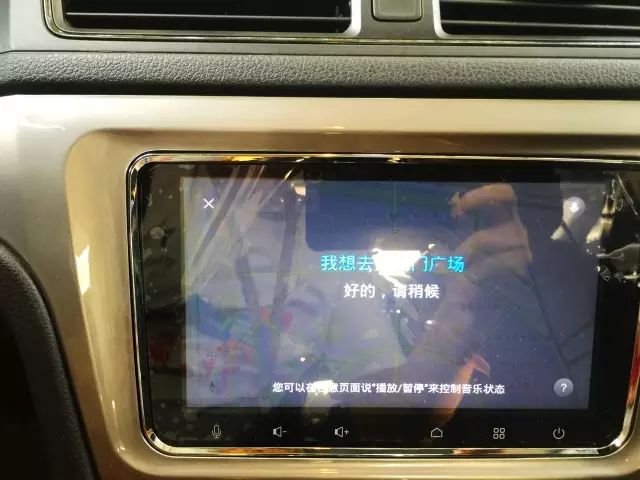
On the other hand, the car system is equipped with Tencent Maps, which is always online and updates in real-time. The GPS combined with the Beidou system can display the road conditions in real-time, with multiple optimized routes available for selection.
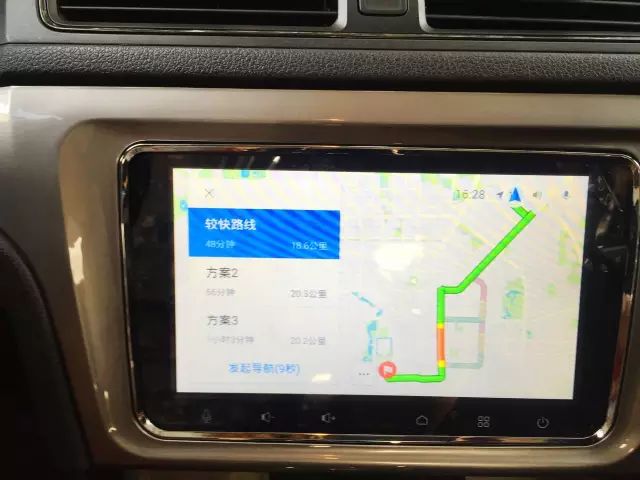
This not only surpasses traditional non-smart car systems but also aligns closely with the familiar mobile map experience. With LuChang’s smart car system, the awkward situation of needing to rely on mobile navigation along with the traditional car system will no longer occur.
2. Rich and Diverse Entertainment
Another major function of car systems is to provide passengers with a variety of music, radio, and other entertainment content. In this regard, LuChang’s smart car system also performs excellently.
In terms of music, it currently includes Tencent QQ Music, which is popular among young people.
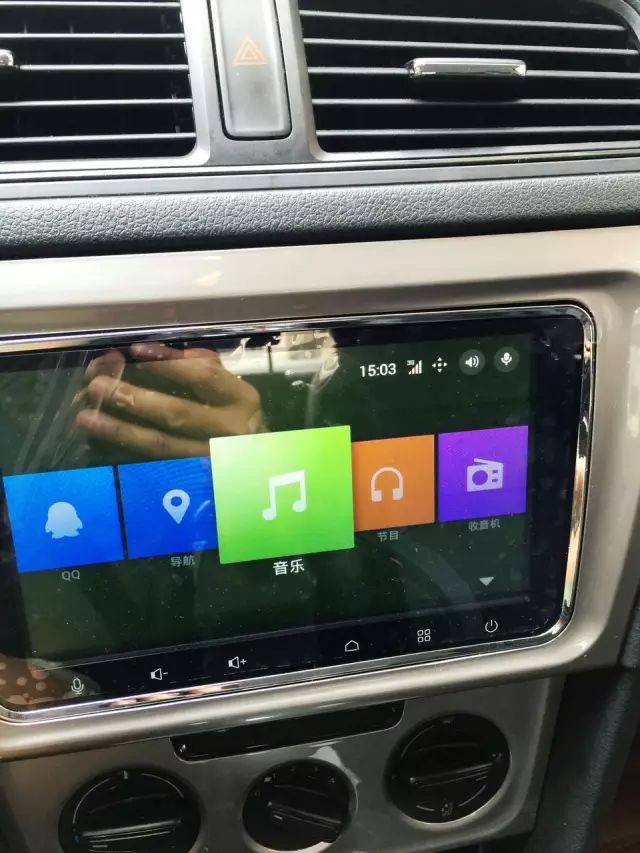
Registered users can import their favorite music playlists from their phones, and they can also listen to local songs on their phones via Bluetooth and USB. The system also includes different themed music programs for selection during driving. More conveniently, you can activate the voice system and directly tell the car system what you want to listen to. Huanhuan tried this several times and was able to find songs just by speaking without needing to touch anything.
In terms of radio, there are built-in programs from Penguin FM for listening to trendy and personalized podcast shows, as well as a variety of traditional radio programs available for selection.
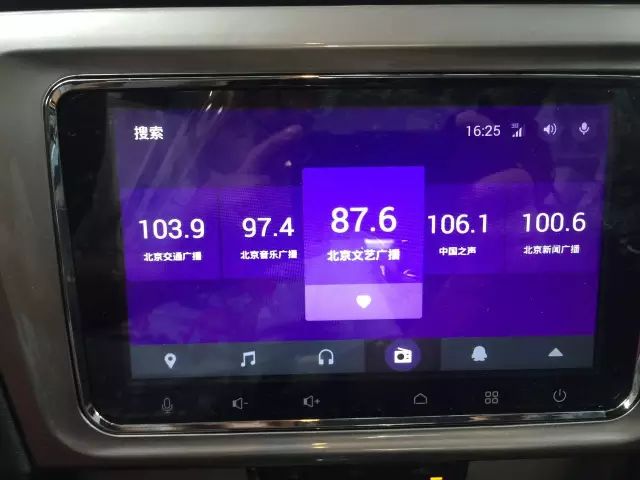
3. Innovative Social Features
In this era where instant social interactions are indispensable, Tencent has also made some initial attempts as a smart car system.
The system can enable voice chatting via QQ while driving. By scanning a code to enter the QQ interface, you can see recent chat contacts, and both parties can voice chat with each other, which is likely to be favored by young people who heavily rely on QQ.
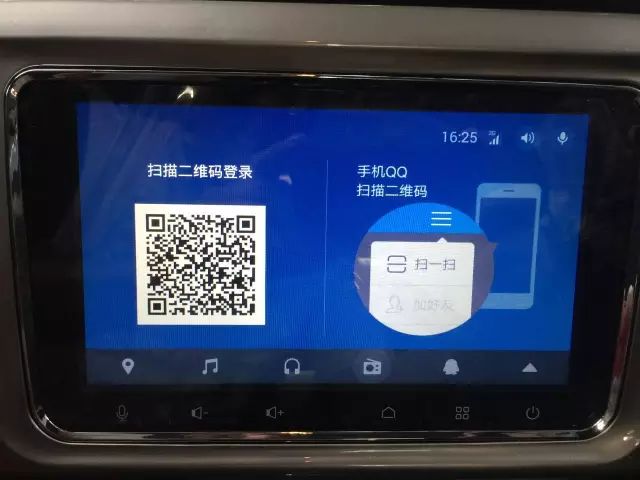
The operation method is also quite novel. While driving, you can press and hold the center button of the randomly equipped Bluetooth remote control to chat via voice. Releasing the button sends the message, and regardless of the reply, the system can read it back to you in voice. This is quite suitable for chatty individuals while ensuring safety.
As for WeChat, due to safety considerations, currently, it only supports sharing music and location. Of course, the QQ mentioned above also has the function of location sharing, allowing friends to share their locations and music sent via WeChat, which is very convenient for party-goers and road-trippers.
4. Integrated with the Main Car
Car systems are usually retrofitted onto the main vehicle. From Huanhuan’s experience with the Lavida, if not specifically stated, you might really think that LuChang’s car system is the original equipment, especially since it uses the CAN bus connection mode, allowing the car system to achieve some of the original vehicle’s functions. Huanhuan tested the reversing image function, which was very clear and convenient.
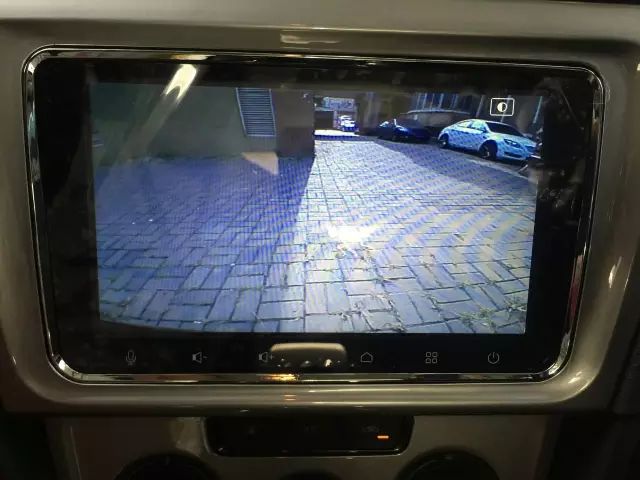
Another point to note is that, as introduced, the data usage for the first year of using LuChang’s smart car system is free, with a randomly provided 12GB 3G data package for one year from China Unicom. This averages to 1GB per month. Of course, after one year, users will need to renew their subscription, which can be done easily by scanning a code. If only basic navigation and entertainment needs are required, the data usage should be sufficient.
Two Areas for Improvement
As a trial product of Tencent’s car networking, there are certainly some areas that need improvement. For example, the selection keys below the car system panel are somewhat small and not prominent, and there have been instances where the voice command for song searching did not work despite multiple attempts.
As a car owner who values driving safety, the currently equipped small smart remote control has areas that need enhancement.
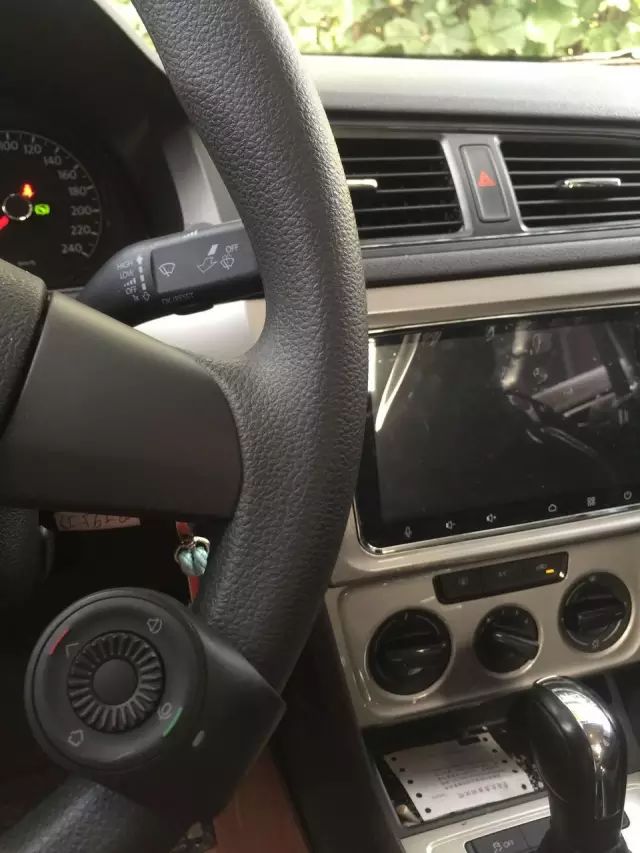
The currently equipped remote control is fixed to the steering wheel with a hidden buckle. According to the experienced drivers in Huanhuan’s family, it is quite uncomfortable and can be cumbersome in situations where steering is required. They suggest looking into the latest smartphone mounting solutions to find a more convenient place for the remote control above the central console.
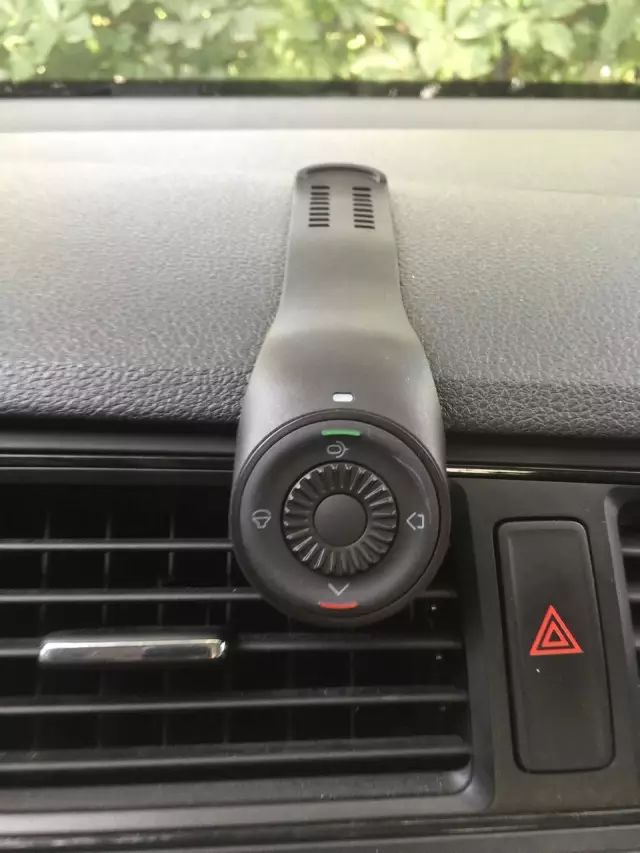
In conclusion, it can be confidently said that the LuChang smart car system, equipped with Tencent’s main product content, is a well-thought-out creation that allows people to better enjoy the fun of smart connectivity.
It is believed that Tencent’s car networking will continue to improve its functions with the launch of this product, and if it can achieve more collaborations with traditional car manufacturers, becoming a standard car system for more models, it can also lower the current cost, benefiting more car enthusiasts.
=================
Readers can check for updates on Li Yinghuan’s articles on major platforms such as Baidu Baijia, Tencent News, Toutiao, Sohu News, NetEase News, Sina Blog, UC Self-Media Platform, and Sina Weibo.
“Li Yinghuan” (ID: yinghuanlee) is a member of the Wemedia Alliance, covering over 10 million people, named one of the top ten self-media in 2013, and one of the most influential self-media in 2014 and 2015, and a top technology observer on Weibo in 2015.
For reprints and collaborations, please contact WeChat:wkd772856958